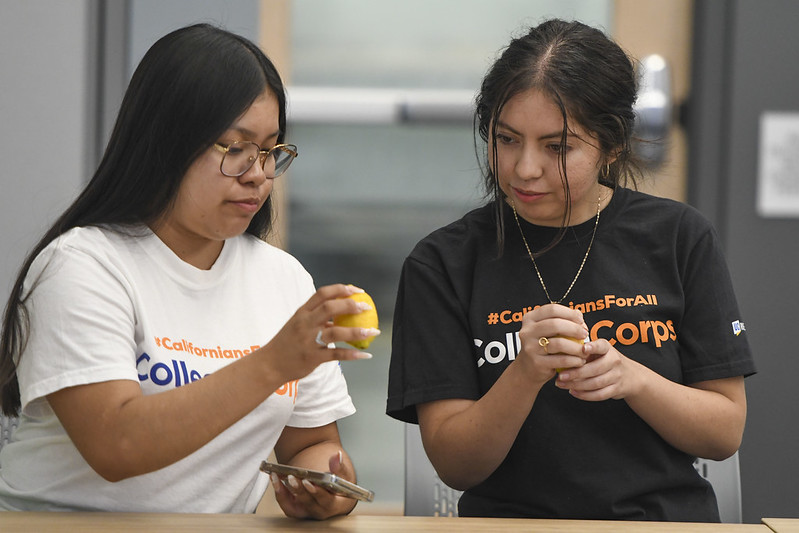What Do Hispanic/Latinx Students Need to Enroll in a Higher Education Institution?
Ability to Support Family’s Basic Needs
Hispanic/Latinx participants were significantly more likely than non-Hispanics to say the ability to support their family’s basic needs matters most.
Hispanic/Latinx participants were also significantly less likely to say the ability to support long-term financial goals matters most (compared to non-Hispanics).

Value of College
When we compare groups, we find Hispanic/Latinx are significantly more likely than non-Hispanics to say a college/university degree is MORE valuable today than it was a decade ago.
Hispanic/Latinx participants are less likely than non-Hispanics to believe a college/university degree will be less valuable in the future than it is today.
Affinity Groups
Affinity group interest aligns significantly with a participant’s Hispanic ethnicity and racial self-identification. Hispanic/Latinx and American Indian/Native American participants were more likely than other groups to be interested in Hispanic/Latinx affinity groups.
Professional associations are second to interest in Hispanic/Latinx groups when it comes to affinity group interest.
The presence of support specific to Black/African American students also translated positively for other racial and ethnic minorities (American Indian/Native American, Asian/Asian American, Black/African American, and Hispanics who identify as non-White) which could mean that these potential students see this as a sign of a positive on-campus culture.
Why Apply But Not Enroll
Hispanic/Latinx participants were significantly more likely than non-Hispanics to say their (or their child’s) decision to not apply were because they were unable to meet deadlines, inflation, work conflicts, fear of not being prepared for Math, and/or fear of not being prepared for other courses.
Take-Away
Both two-year and four-year institutions can increase local enrollment among Hispanic/Latinx students by highlighting the financial benefits of being able to live at home or close to home while attending, and by highlighting some of the wraparound services offered at those institutions.
